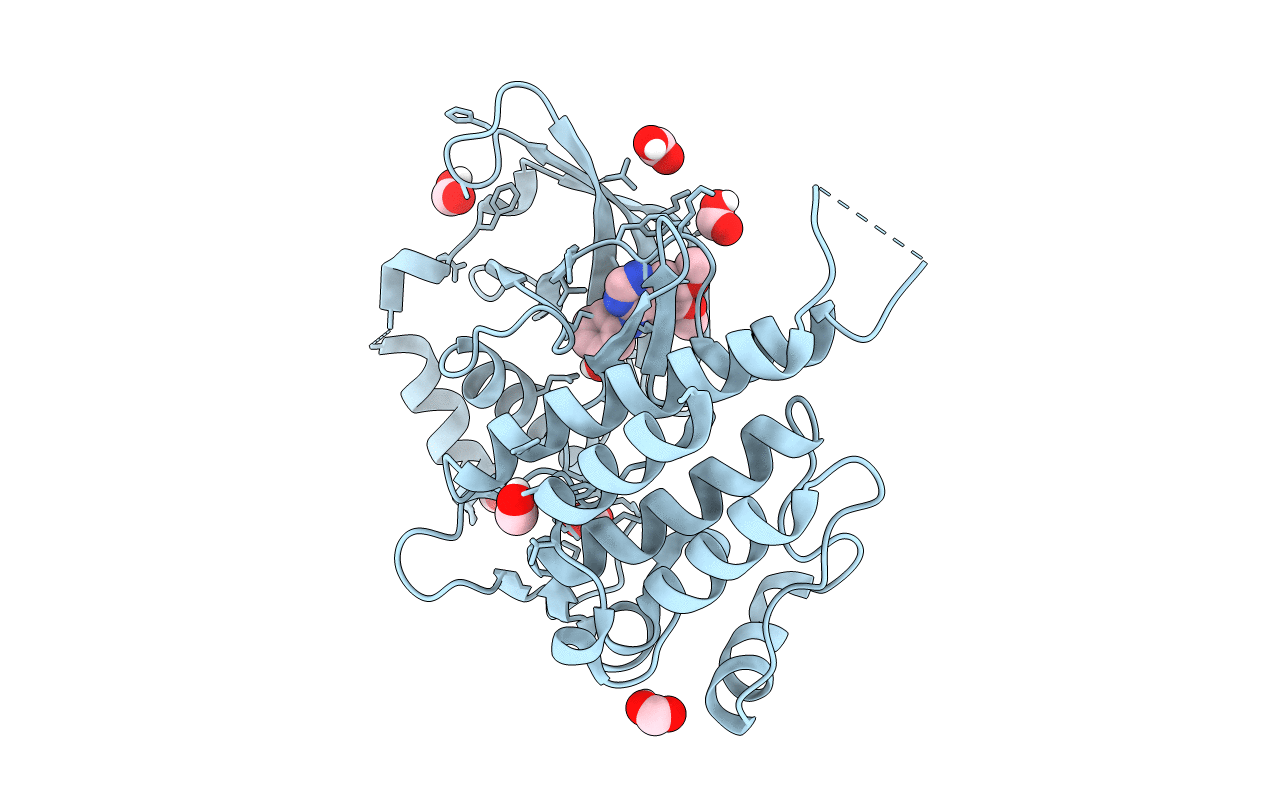
Deposition Date
2015-03-11
Release Date
2016-02-17
Last Version Date
2024-10-23
Entry Detail
PDB ID:
5AMN
Keywords:
Title:
The Discovery of 2-Substituted Phenol Quinazolines as Potent and Selective RET Kinase Inhibitors
Biological Source:
Source Organism:
HOMO SAPIENS (Taxon ID: 9606)
Host Organism:
Method Details:
Experimental Method:
Resolution:
2.57 Å
R-Value Free:
0.23
R-Value Work:
0.18
R-Value Observed:
0.18
Space Group:
P 43 21 2


